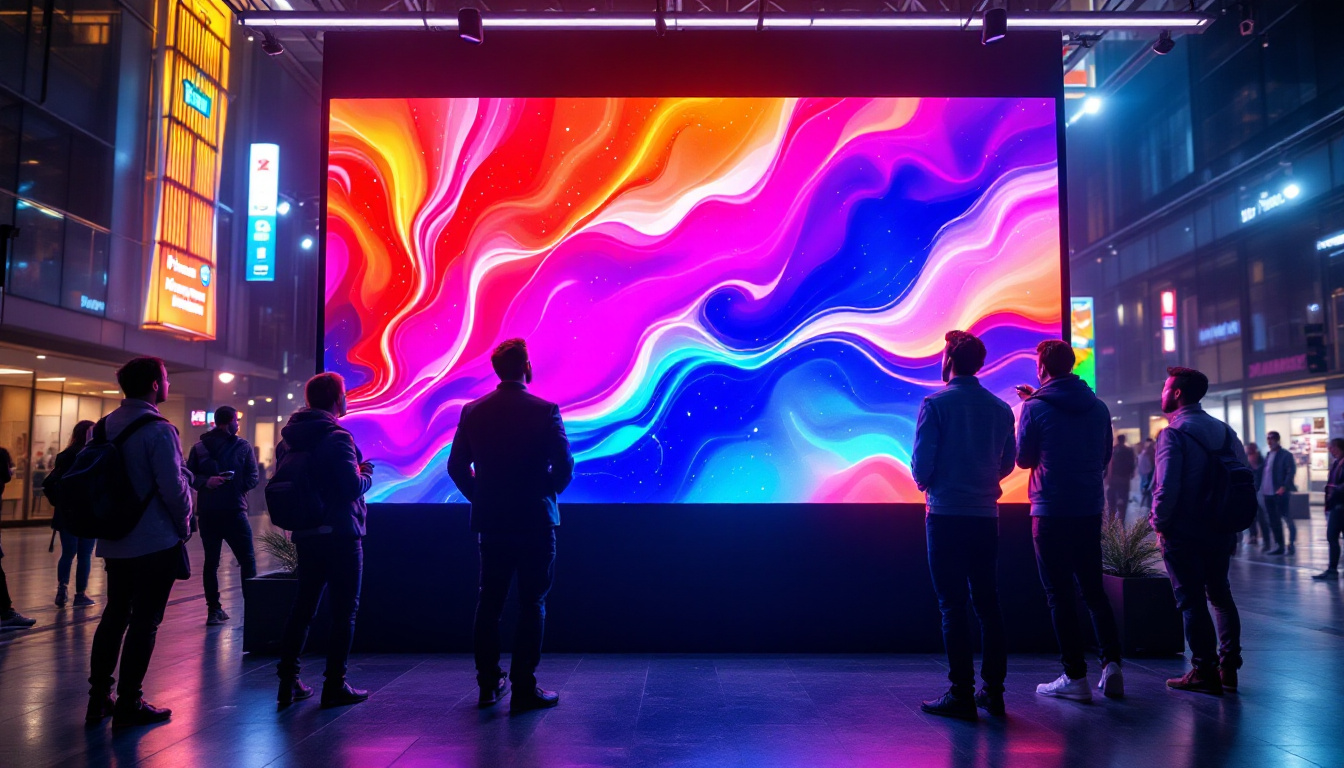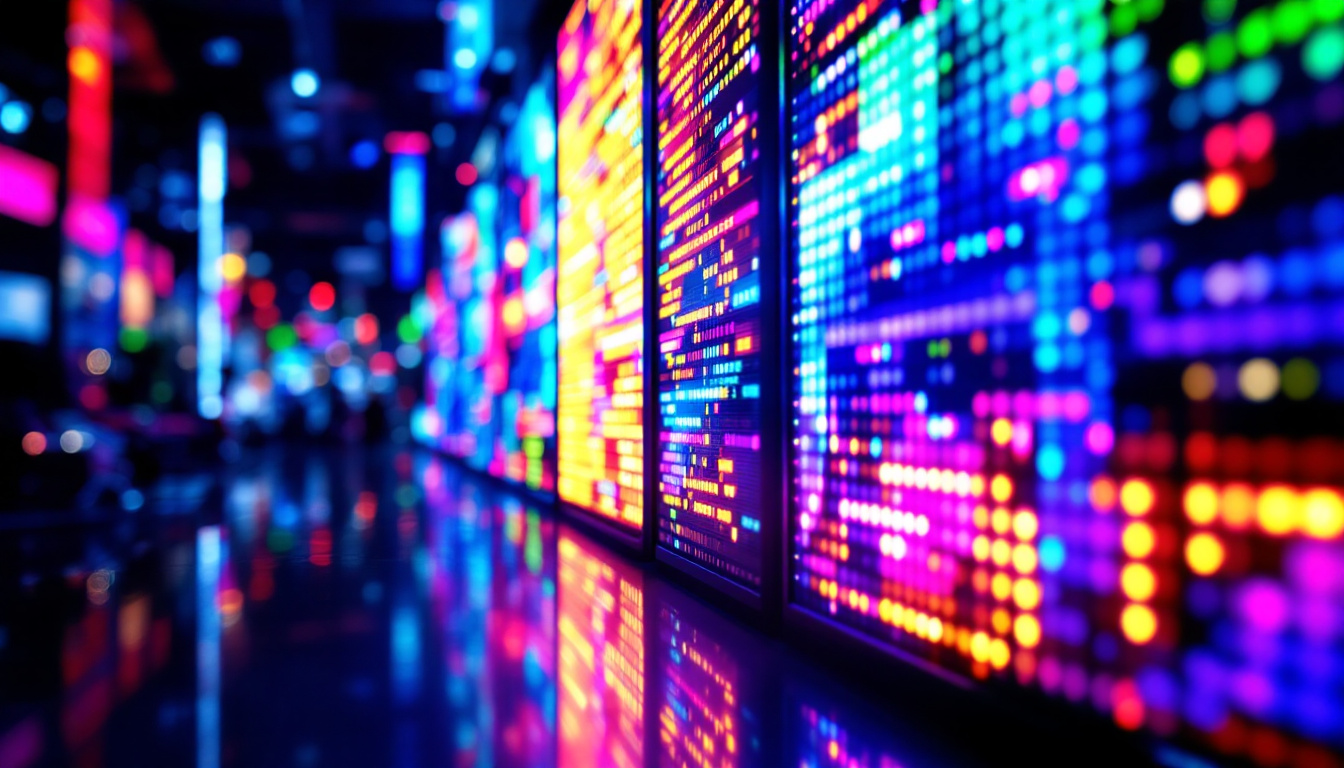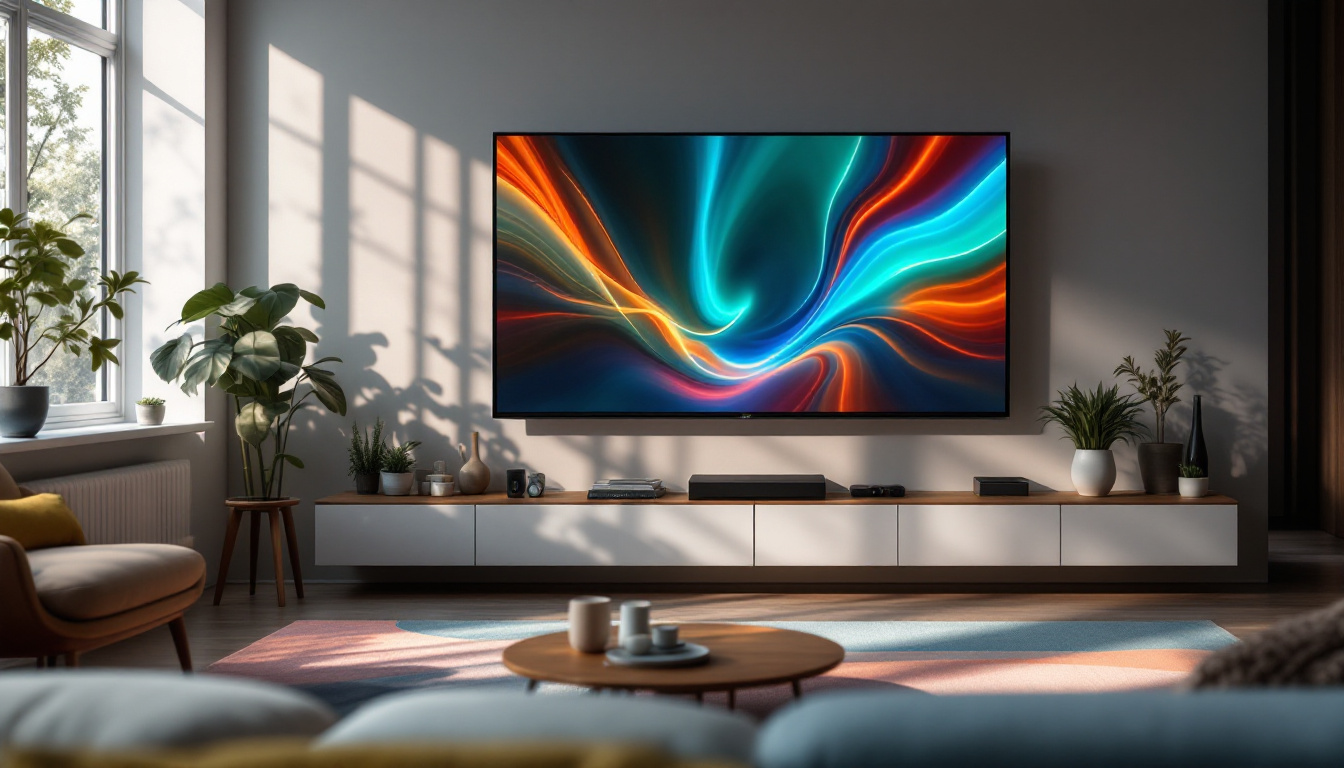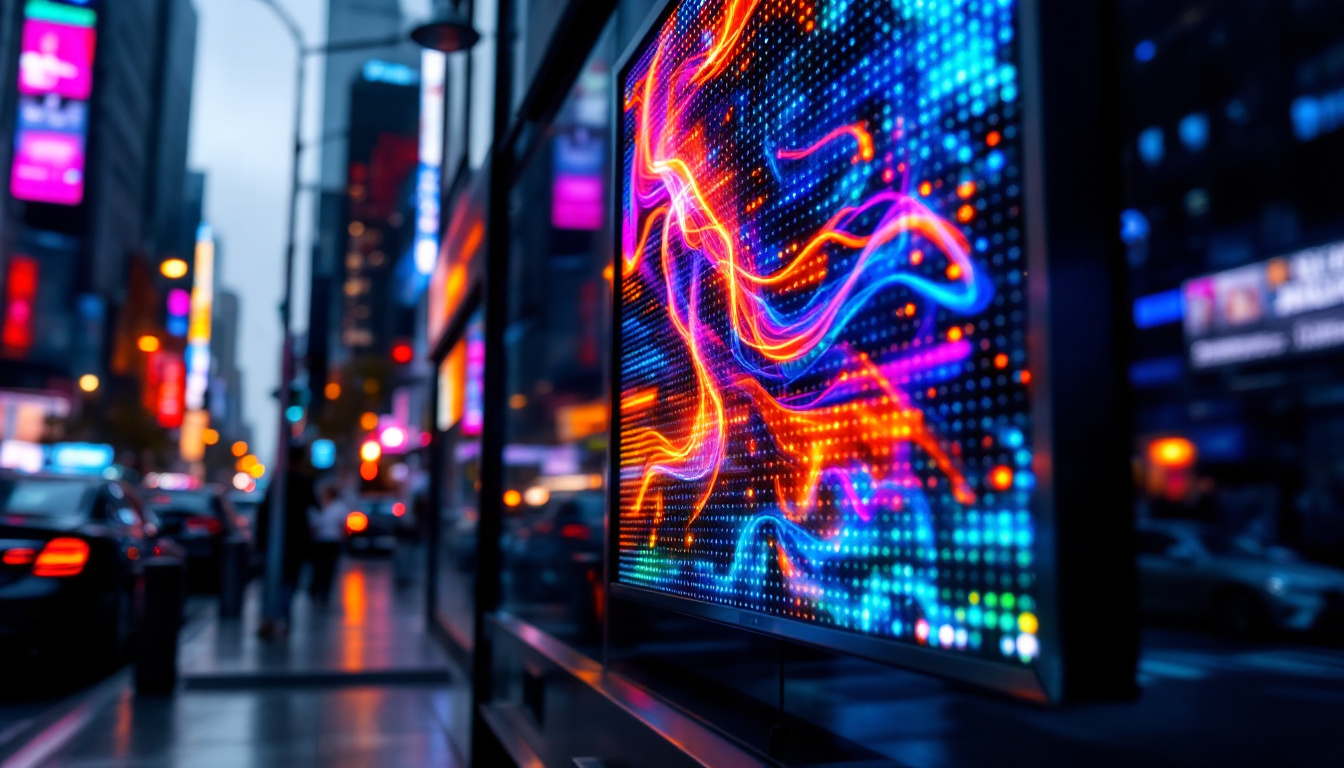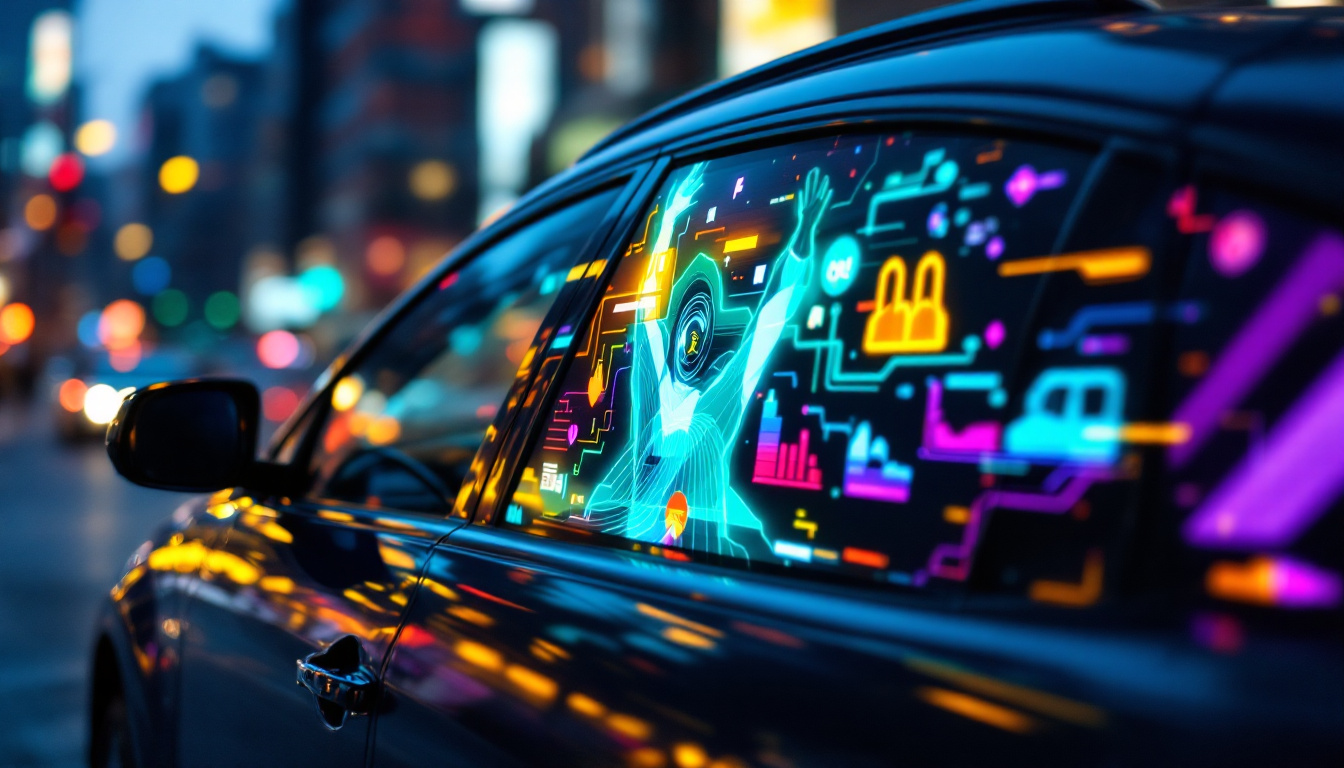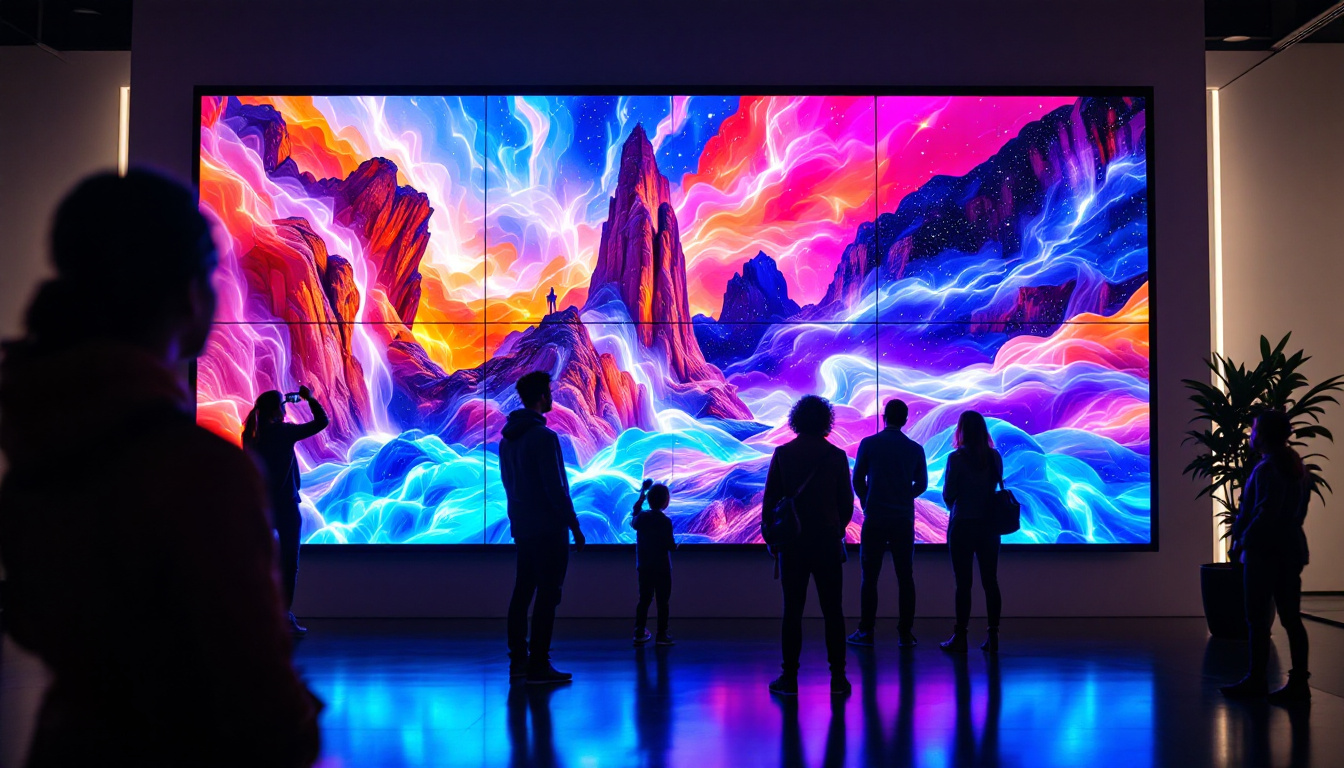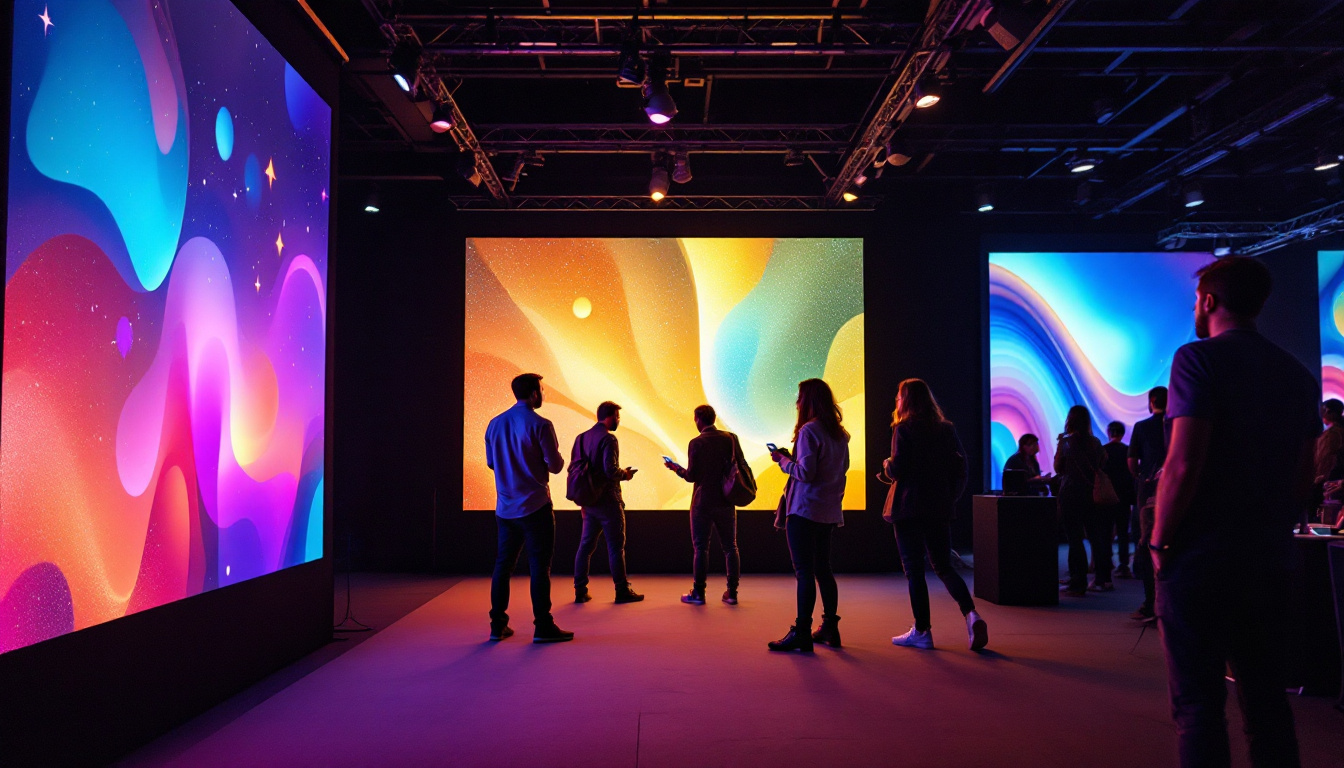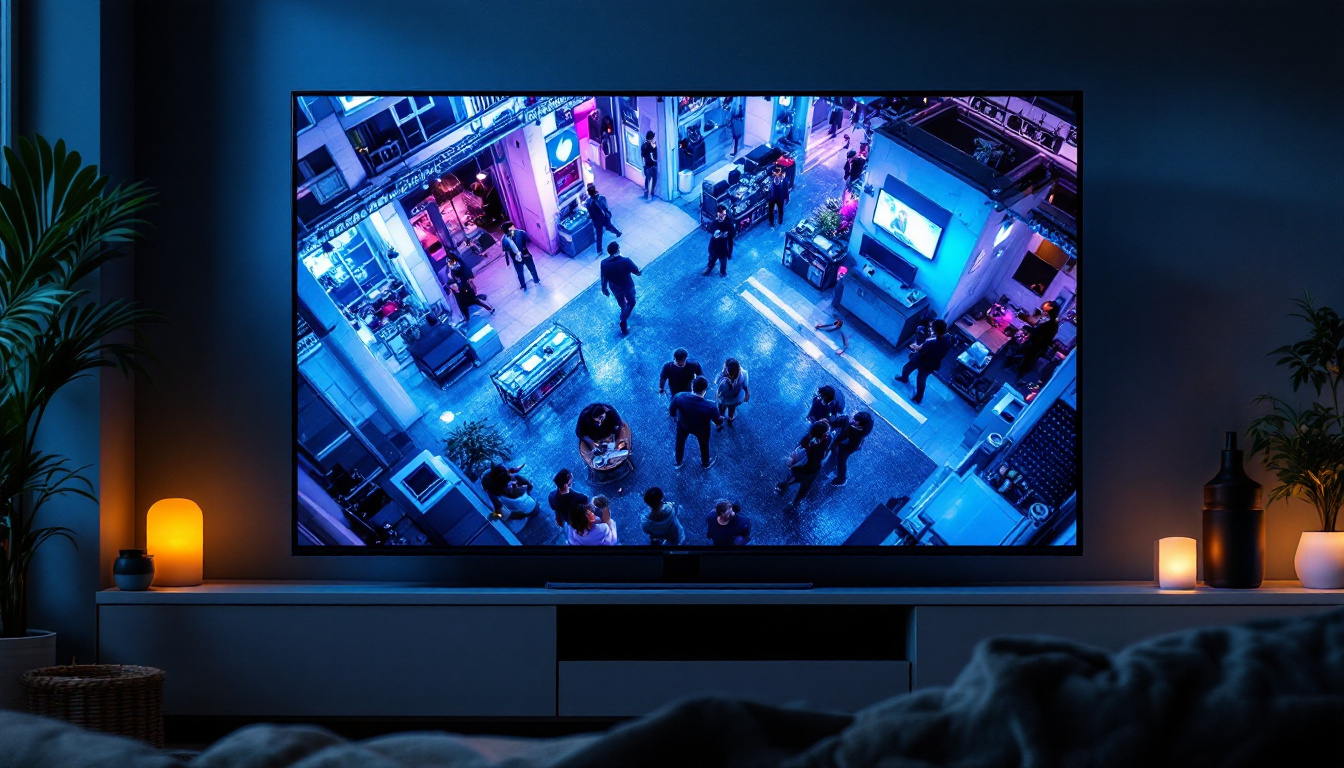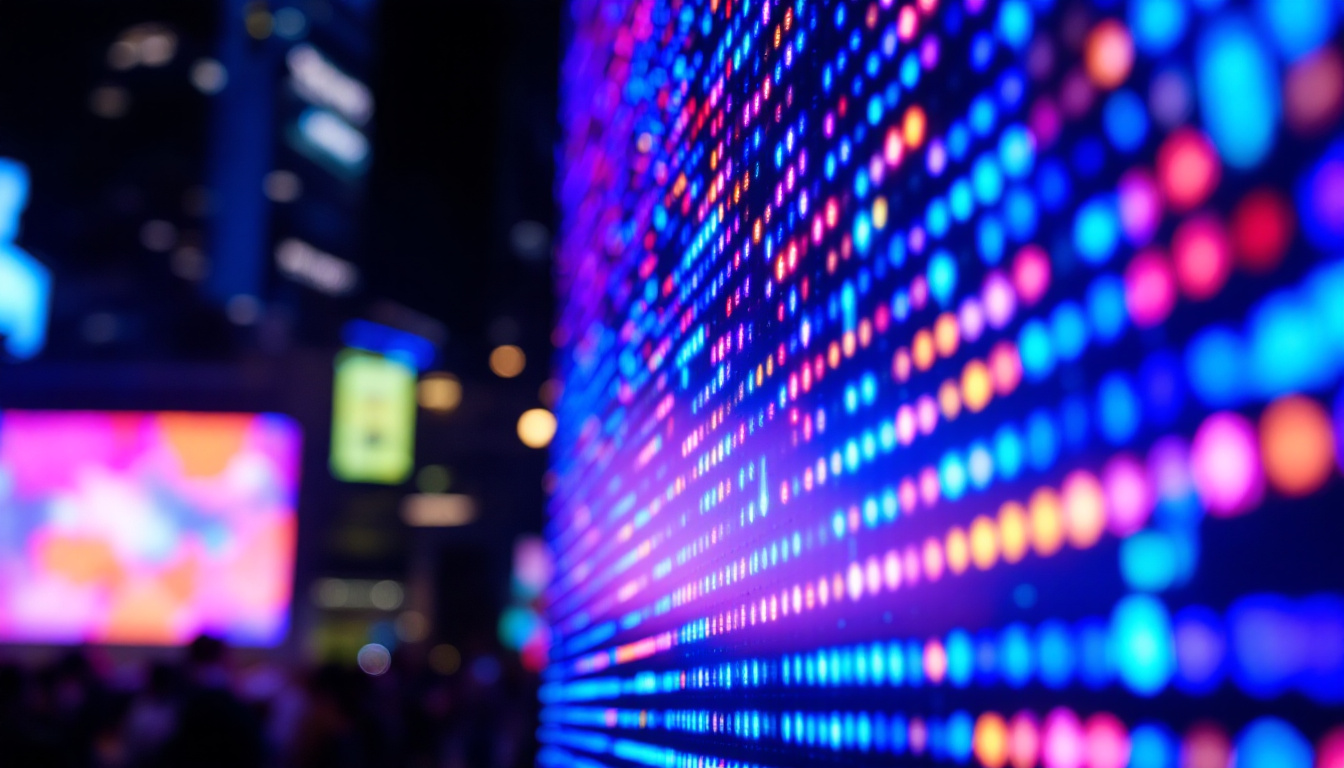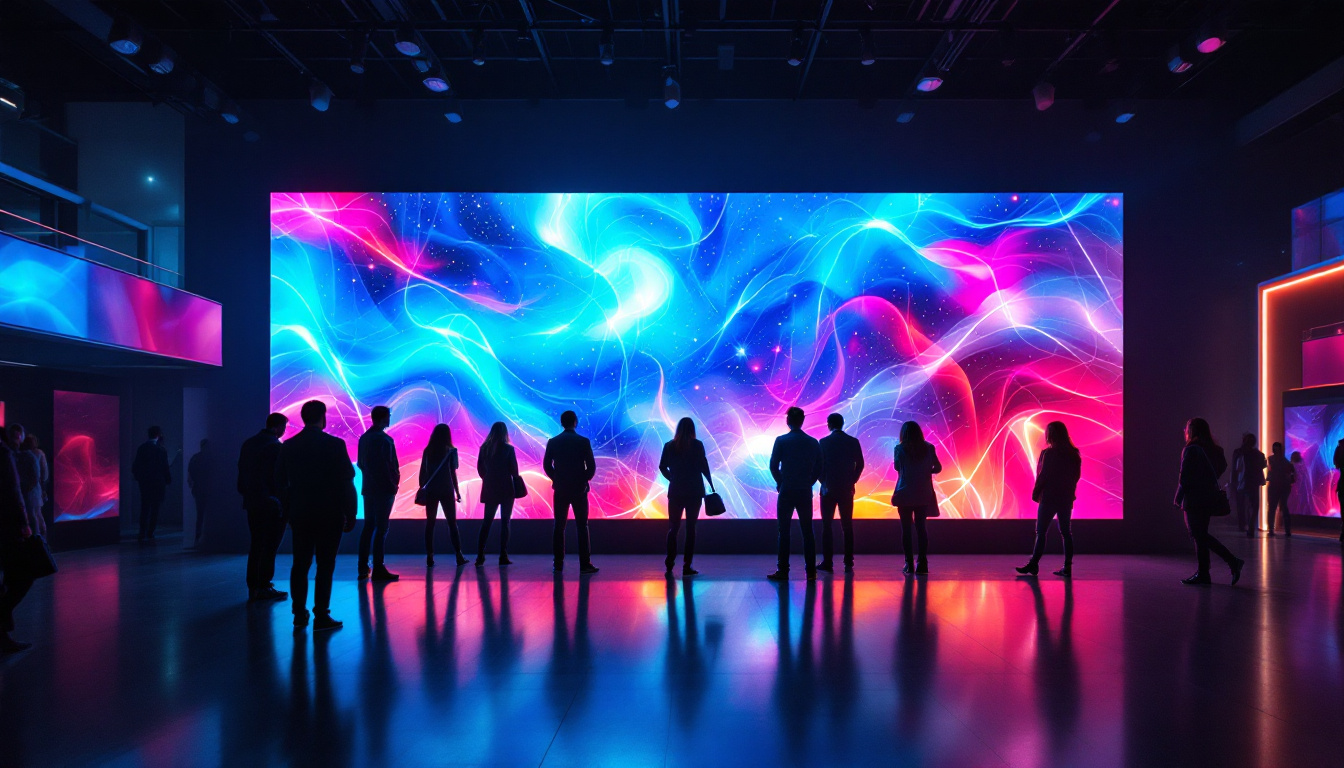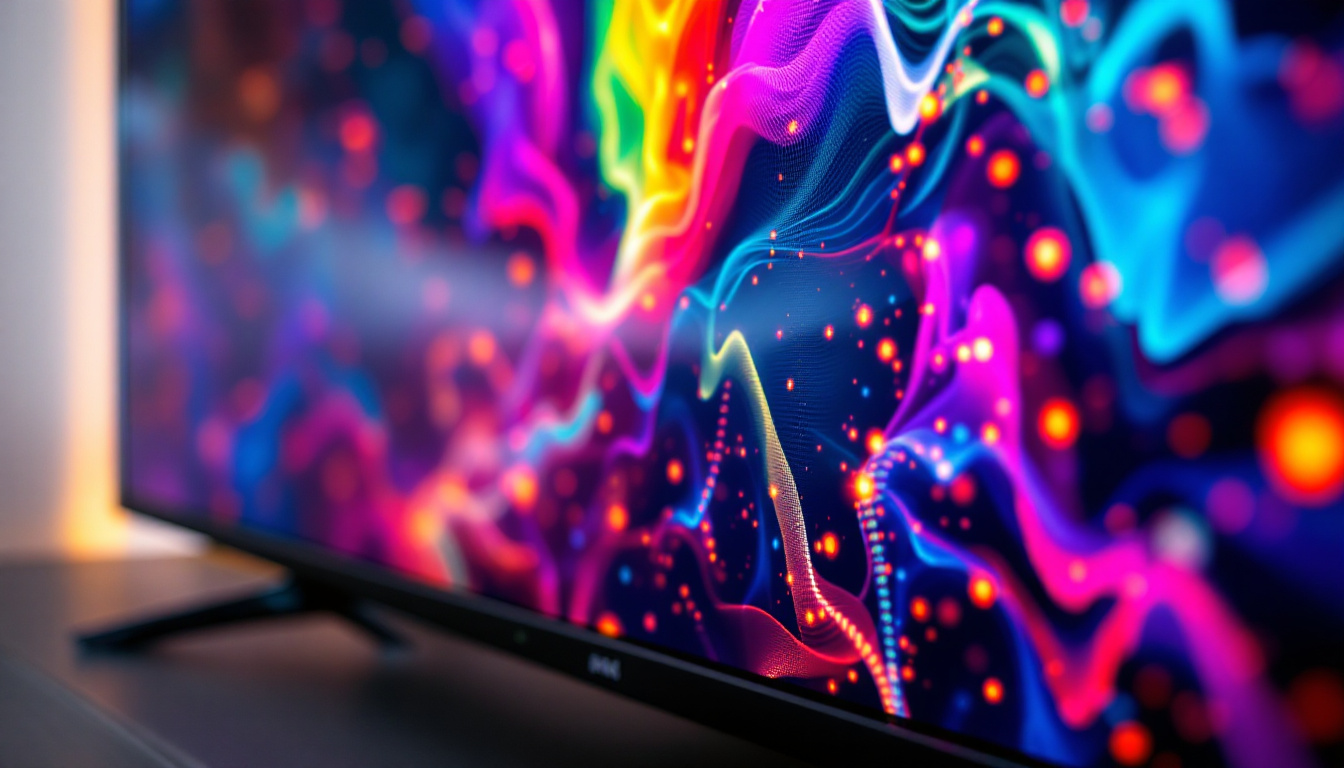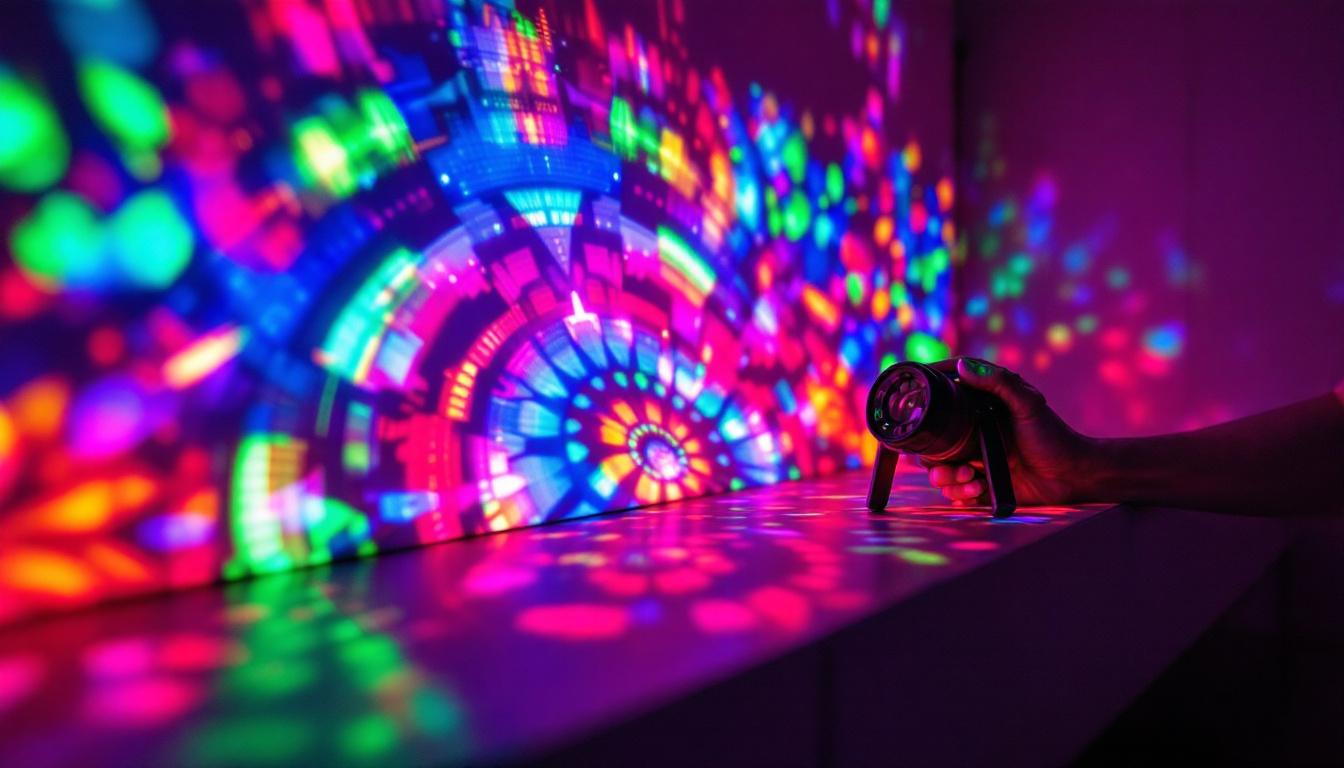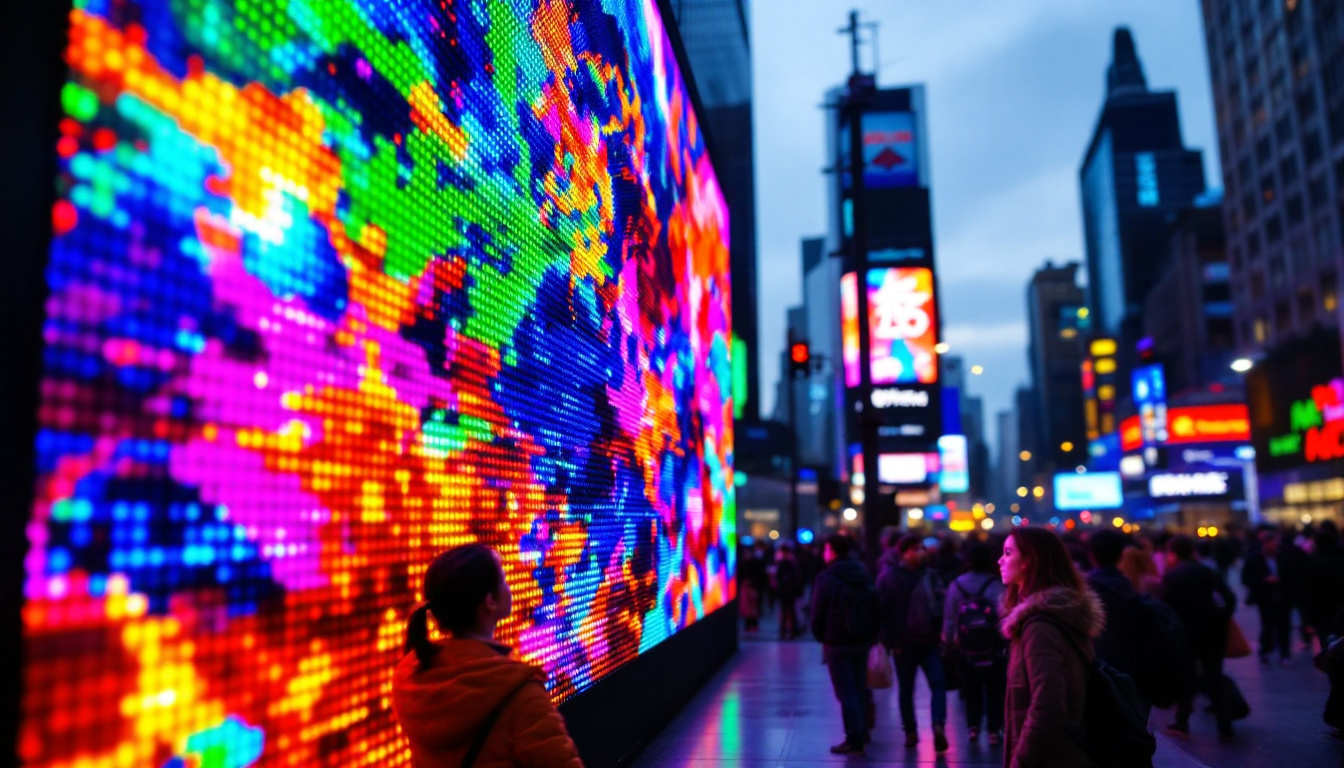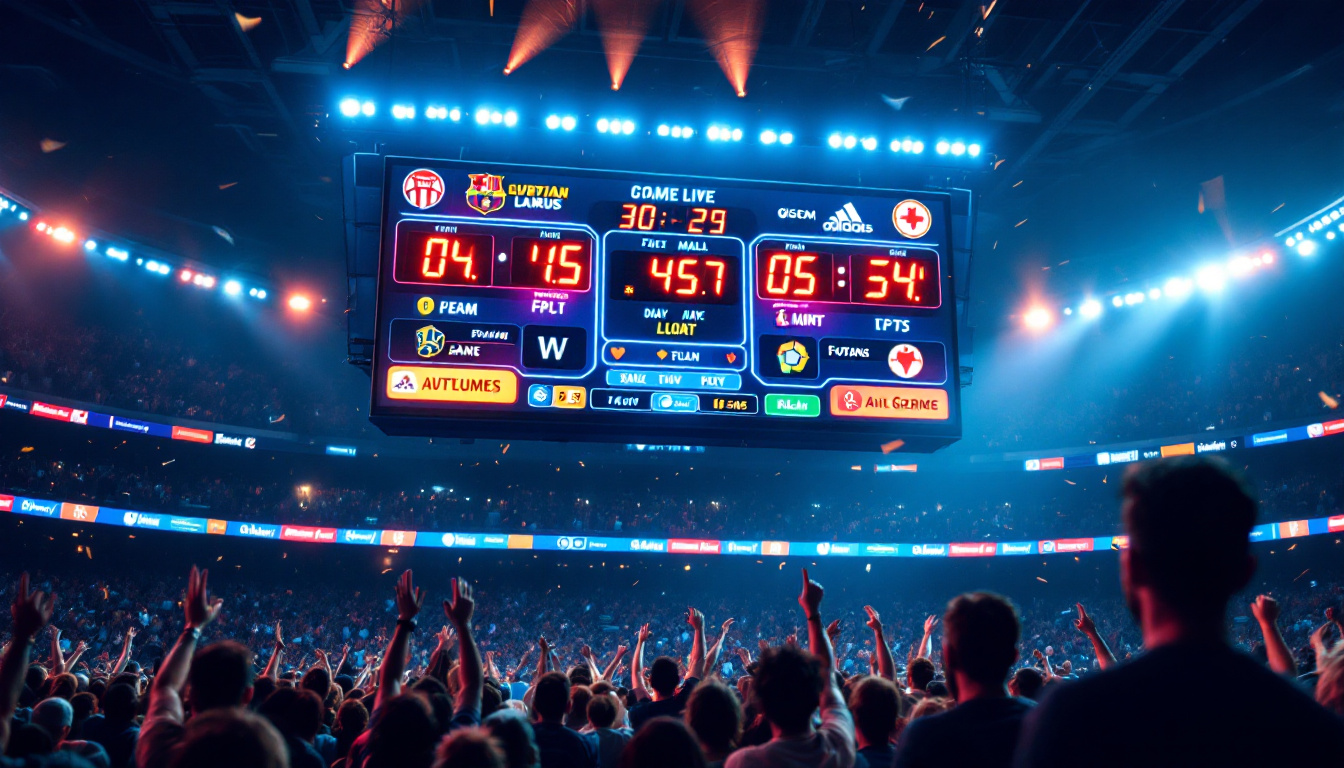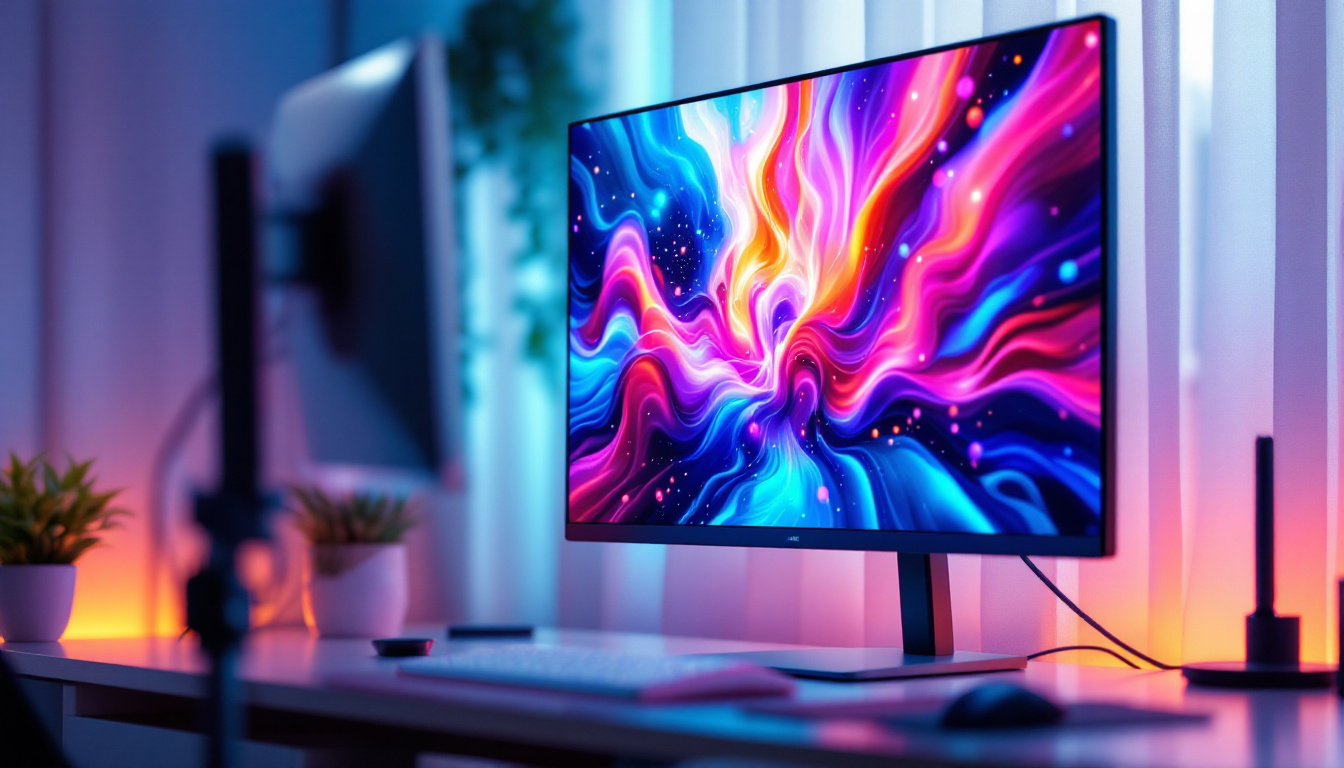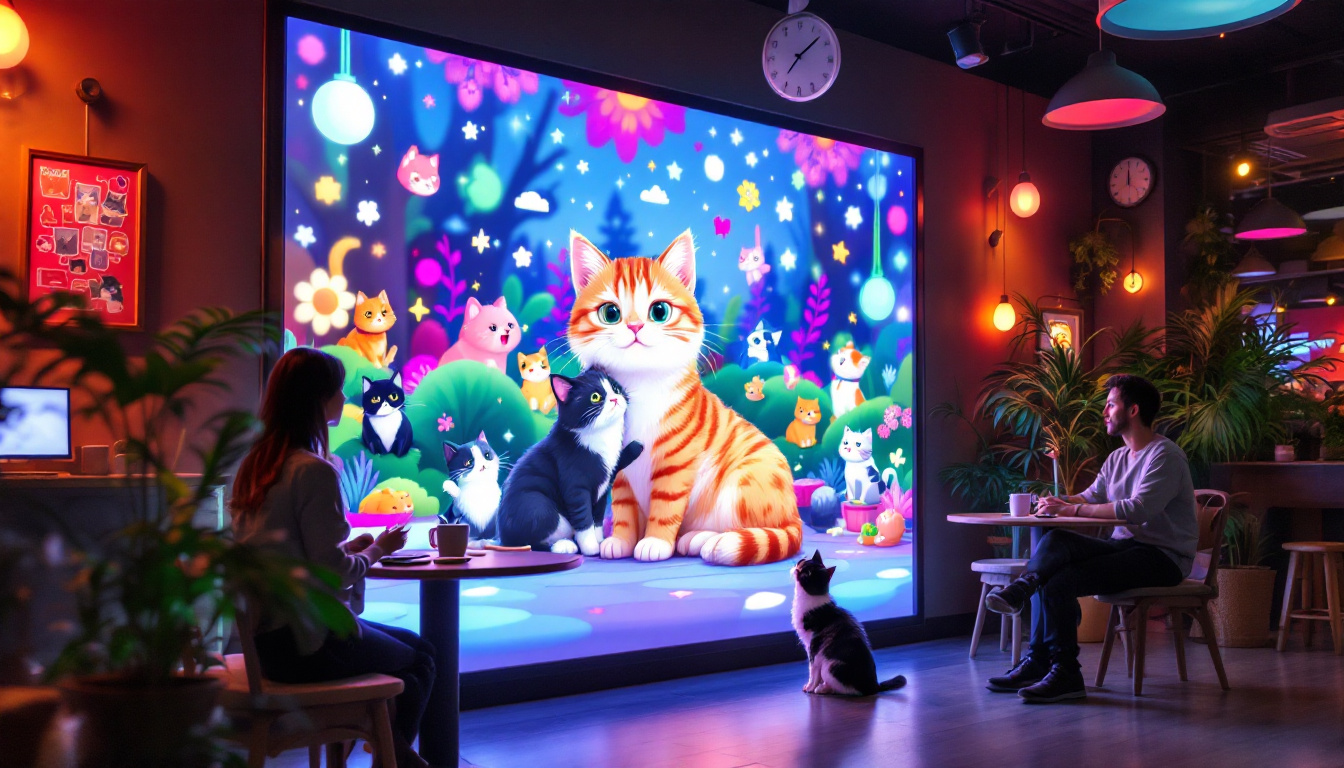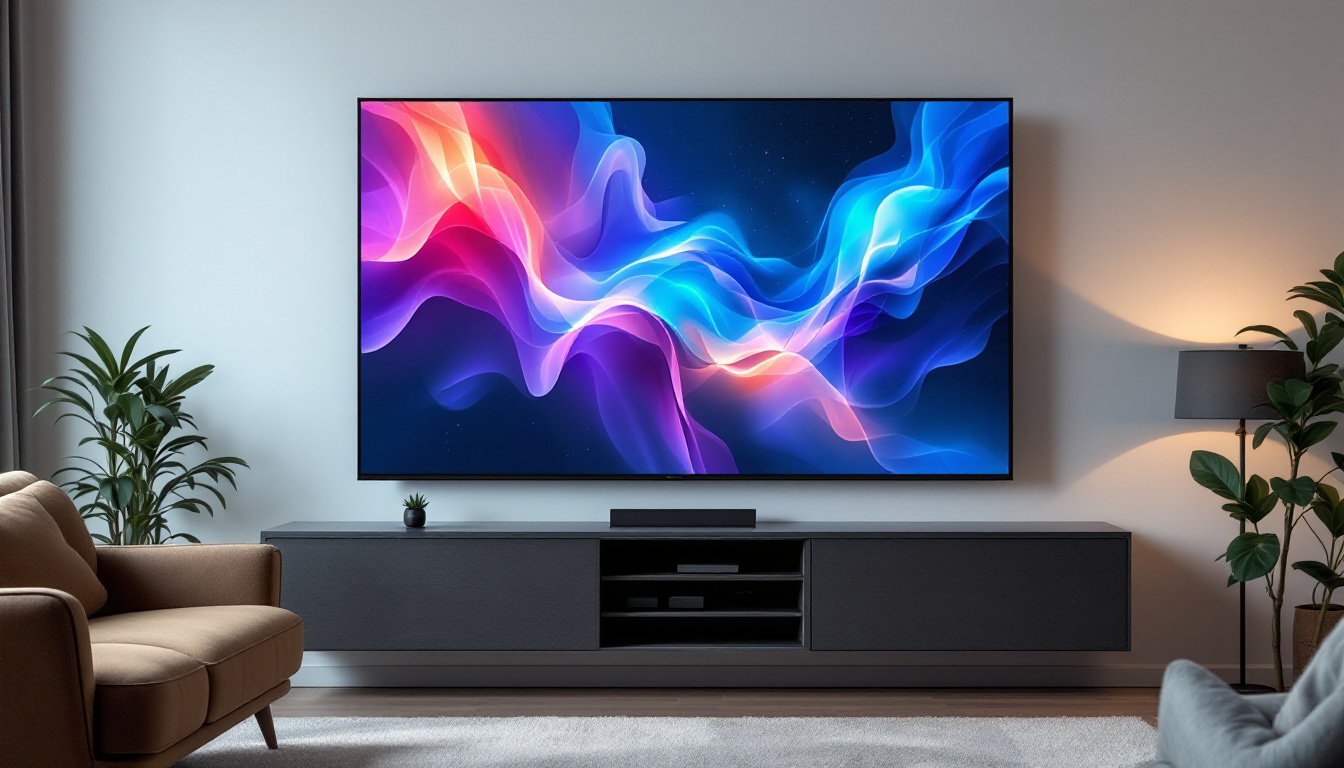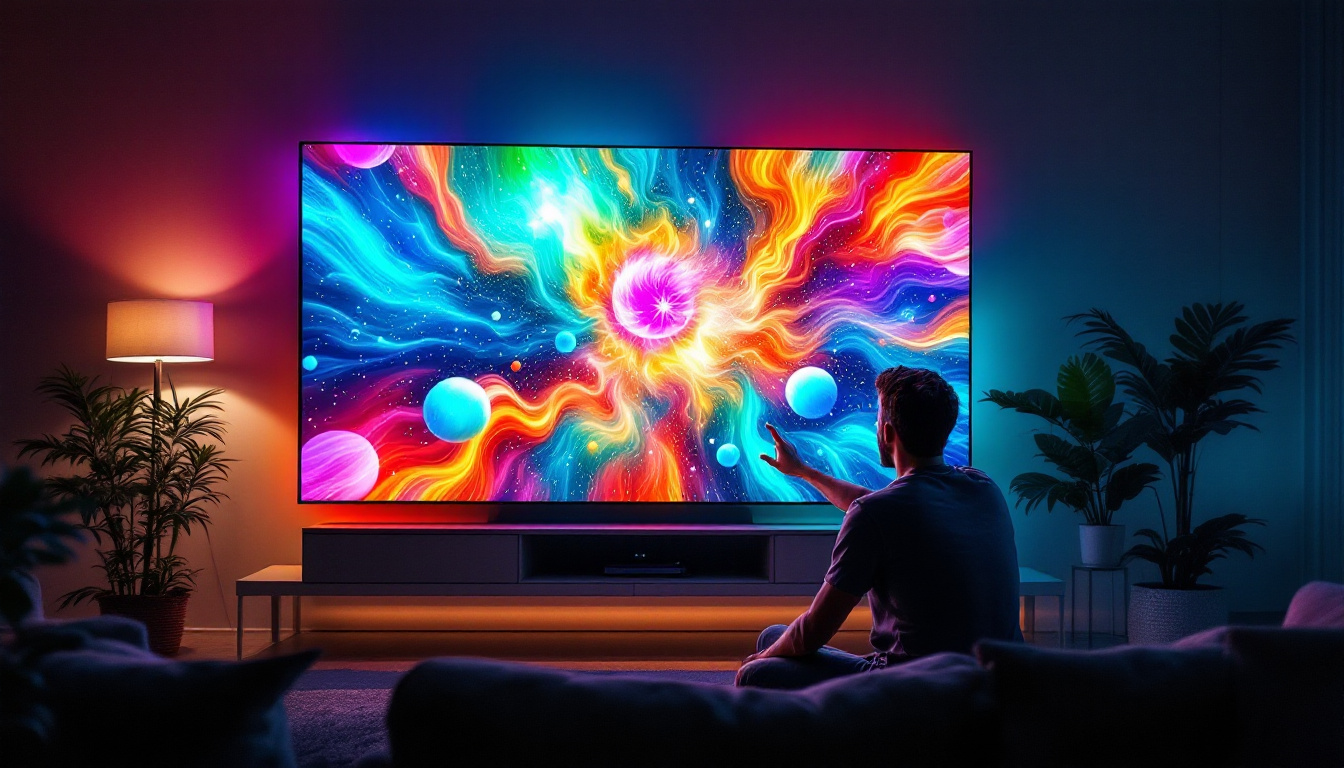In the ever-evolving landscape of automotive technology, the integration of advanced display systems has become a focal point for manufacturers and consumers alike. Among these systems, LED displays stand out due to their versatility, energy efficiency, and superior visibility. This article delves into the intricacies of LED displays in cars, exploring their functionality, advantages, and the future they hold in the automotive industry.
Understanding LED Technology
Light Emitting Diodes (LEDs) have revolutionized the way light is produced and utilized in various applications, including automotive displays. Unlike traditional incandescent bulbs, LEDs emit light through a semiconductor material, which allows for greater efficiency and longevity. This shift to LED technology not only contributes to energy savings but also aligns with the growing demand for environmentally friendly solutions in the automotive industry.
How LEDs Work
At the core of LED technology is the principle of electroluminescence. When an electric current passes through the semiconductor, it excites the electrons, causing them to release energy in the form of light. This process not only consumes less power but also generates less heat, making LEDs a safer and more sustainable choice for automotive applications. Furthermore, the compact size of LEDs enables innovative design possibilities, allowing manufacturers to create sleeker, more aerodynamic vehicles without compromising on lighting performance.
Types of LED Displays
LED displays come in various forms, each tailored for specific uses within the automotive sector. The most common types include:
- Segment Displays: Often used for speedometers and fuel gauges, these displays show numerical information through illuminated segments. Their simplicity and clarity make them ideal for quick readings while driving.
- Full-Color Displays: These are utilized for infotainment systems, providing vibrant graphics and images, enhancing user interaction. With the integration of touch technology, these displays allow drivers to access navigation, music, and vehicle diagnostics with ease.
- Matrix Displays: Found in dashboard notifications, matrix displays can show dynamic messages and alerts, improving driver awareness. This adaptability is crucial for conveying important information such as warnings, navigation prompts, or even personalized messages based on the driver’s preferences.
In addition to these common types, advancements in LED technology have led to the development of OLED (Organic Light Emitting Diode) displays, which offer even greater flexibility in design and improved color accuracy. These displays can be made thinner and more lightweight, allowing for creative applications such as curved screens that seamlessly integrate into the vehicle’s interior. As the automotive industry continues to evolve, the role of LED technology is becoming increasingly significant, paving the way for smarter, more efficient vehicles that prioritize both functionality and aesthetics.
Advantages of LED Displays in Cars
The adoption of LED displays in vehicles offers numerous benefits, significantly enhancing both functionality and aesthetics. Here are some key advantages:
Energy Efficiency
One of the most significant benefits of LED displays is their energy efficiency. Consuming less power than traditional display technologies, LEDs contribute to improved fuel economy in vehicles, particularly in electric and hybrid models. This efficiency extends the lifespan of the vehicle’s battery, making it an environmentally friendly choice. Additionally, the reduced energy consumption means that manufacturers can allocate resources to other innovative technologies, further enhancing the overall performance of the vehicle.
Superior Visibility
LED displays provide exceptional visibility, even in bright sunlight. Their high brightness levels and contrast ratios ensure that information is easily readable under various lighting conditions. This feature is crucial for driver safety, as it minimizes distractions and allows for quick information processing. Furthermore, the ability to adjust brightness automatically based on ambient light conditions means that drivers can maintain optimal visibility without manual adjustments, enhancing the overall driving experience.
Durability and Longevity
LEDs are known for their robustness. Unlike conventional bulbs, which can burn out or break easily, LEDs are solid-state devices that are resistant to shock and vibration. This durability makes them ideal for automotive applications, where they are exposed to harsh conditions. In addition, the longer lifespan of LED displays reduces the need for frequent replacements, which not only saves money for vehicle owners but also contributes to less electronic waste, aligning with sustainable practices in the automotive industry. As a result, manufacturers are increasingly integrating LED technology into their designs, recognizing its potential to enhance the overall reliability and longevity of their vehicles.
Enhanced Customization
Another advantage of LED displays is the level of customization they offer. With the ability to create vibrant colors and dynamic graphics, automotive designers can tailor displays to match the aesthetic and functional needs of the vehicle. This customization can range from personalized ambient lighting to intricate dashboard displays that convey vital information in a visually appealing manner. Such flexibility not only enhances the user experience but also allows manufacturers to differentiate their models in a competitive market, appealing to tech-savvy consumers who value modern design and functionality.
Improved Communication
LED displays also play a crucial role in improving communication between the vehicle and the driver. Advanced features such as real-time traffic updates, navigation prompts, and vehicle diagnostics can be seamlessly integrated into LED displays, providing drivers with essential information at a glance. This integration enhances situational awareness, allowing drivers to make informed decisions quickly. Moreover, the potential for future updates through software enhancements means that these displays can evolve over time, adapting to new technologies and user needs, thereby extending the relevance and utility of the vehicle’s interface.
Applications of LED Displays in Modern Vehicles
LED displays are not just limited to dashboards; their applications in modern vehicles are vast and varied. From navigation systems to entertainment interfaces, they play a crucial role in enhancing the driving experience.
Dashboard Displays
Modern vehicles often feature digital dashboards that utilize LED technology to present critical information such as speed, fuel levels, and engine status. These displays can be customized to suit the driver’s preferences, allowing for a more personalized experience. Additionally, many manufacturers are integrating augmented reality into dashboard displays, projecting essential information directly onto the windshield. This innovative approach not only minimizes distractions but also helps drivers maintain focus on the road ahead, enhancing safety and convenience.
Infotainment Systems
Infotainment systems have become a central feature in many cars, and LED displays are integral to their functionality. They provide a platform for navigation, music, and connectivity features, all while ensuring a user-friendly interface. The vibrant colors and sharp images enhance the overall aesthetic appeal of the vehicle’s interior. Furthermore, advancements in touch-sensitive LED technology allow for intuitive gesture controls, enabling drivers to interact with their infotainment systems with ease. This seamless integration of technology not only elevates the driving experience but also caters to the growing demand for connectivity and entertainment on the go.
Exterior Displays
LED technology is also employed in exterior displays, such as tail lights and turn signals. These displays not only improve visibility for other drivers but also offer design flexibility, allowing manufacturers to create unique lighting signatures that enhance brand identity. Moreover, the use of adaptive LED lighting systems is gaining traction, where the intensity and direction of the lights can adjust based on driving conditions. This not only improves safety during nighttime driving but also adds a futuristic touch to the vehicle’s design, making it stand out on the road. Additionally, some vehicles are now equipped with LED matrix headlights that can selectively illuminate the road ahead while preventing glare for oncoming traffic, showcasing the potential of LED technology in enhancing both functionality and safety in modern vehicles.
The Future of LED Displays in Automotive Design
As technology continues to advance, the future of LED displays in automotive design looks promising. Innovations in display technology are set to redefine how information is presented to drivers and passengers alike.
Integration with Augmented Reality
One of the most exciting prospects for LED displays is their integration with augmented reality (AR). Imagine a heads-up display that overlays navigation directions directly onto the windshield, providing real-time information without distracting the driver. This technology could revolutionize how drivers interact with their vehicles.
Adaptive Display Technologies
Adaptive display technologies are also on the horizon, allowing displays to adjust their brightness and contrast based on ambient lighting conditions. This feature would enhance visibility and reduce eye strain, making driving safer and more comfortable.
Personalization and User Experience
As user experience becomes a priority in automotive design, LED displays will likely become more customizable. Drivers may have the ability to change themes, colors, and layouts, creating a unique driving environment that reflects their personality and preferences.
Challenges and Considerations
Despite their many advantages, the implementation of LED displays in vehicles is not without challenges. Understanding these hurdles is essential for manufacturers and consumers alike.
Cost Implications
While LED technology has become more affordable over the years, the initial cost of integrating advanced LED displays into vehicles can still be significant. Manufacturers must balance the benefits of LED technology with production costs to ensure that vehicles remain competitively priced.
Technical Limitations
LED displays, while durable, can face technical limitations, such as color accuracy and response time. Ensuring that displays maintain high performance under various conditions is crucial for driver safety and satisfaction. Continuous advancements in technology are necessary to address these issues effectively.
Environmental Impact
Although LED technology is more energy-efficient than traditional lighting, the environmental impact of manufacturing and disposing of electronic components cannot be overlooked. Manufacturers are increasingly focusing on sustainable practices to mitigate these effects, ensuring that the benefits of LED displays do not come at a cost to the environment.
Conclusion
LED displays have transformed the automotive landscape, offering a blend of functionality, efficiency, and aesthetic appeal. As technology continues to evolve, the potential applications for LED displays in vehicles are virtually limitless. From enhancing driver safety to providing an engaging user experience, the future of LED technology in cars is bright.
As consumers become more aware of the benefits of LED displays, manufacturers will be compelled to innovate further, ensuring that vehicles not only meet but exceed the expectations of modern drivers. The journey of LED displays in the automotive industry is just beginning, and it promises to be an exciting ride.
Explore Cutting-Edge LED Displays with LumenMatrix
Ready to experience the future of automotive display technology? LumenMatrix is at the forefront of LED innovation, offering a wide array of advanced LED display solutions tailored to your needs. From captivating Vehicle LED Displays that enhance driver safety and experience to dynamic Indoor and Outdoor LED Wall Displays, our products are designed to revolutionize visual communication. Discover how LumenMatrix can empower your brand with displays that deliver unparalleled clarity and impact. Check out LumenMatrix LED Display Solutions today and drive into the future of digital signage.



